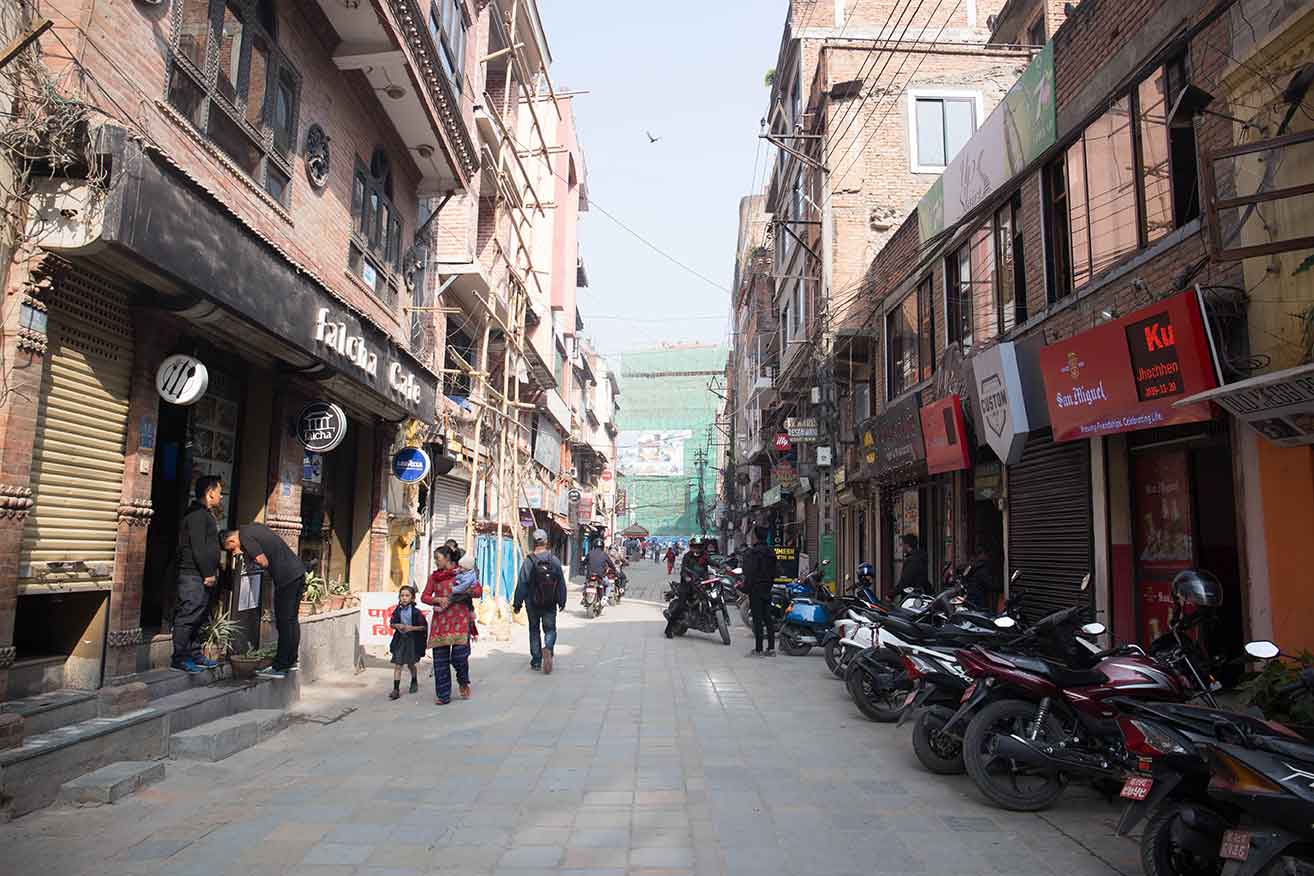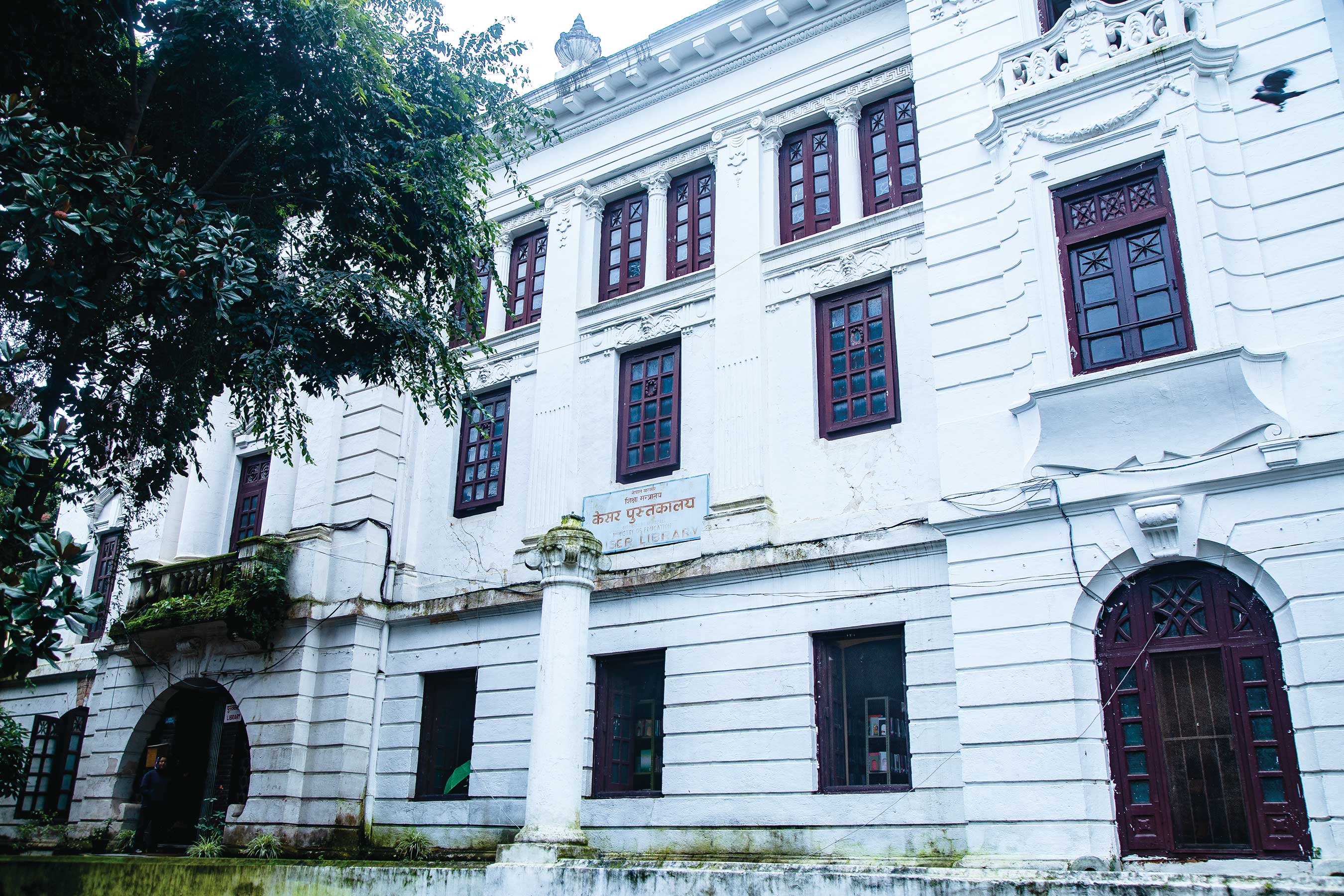.jpg)
Are you a traveler, writer, or arm-chair explorer interested in other cultures and peoples, beyond the bounds of your neighborhood, town, or country? This book will whet your appetite and give you new vistas and modes of expression. It is designed to open our eyes and other senses and hone our skills to meet and better understand and appreciate cultures, beliefs and lifestyles beyond your own.
Writing Abroad: A Guide for Travelers is a well-written and incisive guide to travel writing, without the dullness of some ‘how-to’ books I’ve read. The authors lay out the steps recommended to prepare us to comfortably enter, discover, document, and write about others. Almost every tool that a perceptive traveler needs to approach what anthropologists call “the field” (doing “fieldwork”), serves equally well for those less traveled readers who are more inclined to learn about other cultures from travel books, ethnographies, and memoirs.
The authors, both creative writing teachers, discuss what it takes to make travel and travel writing gratifying. Their book prepares us for observant travel to the corner store or around the world to some exotic destination. The examples they use to highlight their tutorial discussions are excellent. Along the way, they challenge us with provocative prompts and writing exercises to help sharpen our awareness.
Part 1, Encountering Cultures, begins with the act of Getting Ready, then cruises comfortably through Discovering New Cultures; Encountering Another Language in Your Own Voice; Documentary Forms and Methods; Portraits and Profiles; Writing about Place; Religion, Politics, and History; and Travel Writing in the Age of the Internet. Part 2, Return and Revision, focuses on Revising Your Writing and Your Life, and The Varieties of Literary Form. There is also a Selected Bibliography featuring Books on Writing, Travel Writing Collections, and Books on Ethnographic Writing and Fieldwork.
For example, in the chapter on Place we are reminded that travel involves crossing borders?political, religious, cultural or linguistic. One exercise encourages us to “Freewrite on your definition of a border. Then write about a significant border crossing you’ve made. Explore the environment, what it looked like, and how it made you feel in crossing,” to sharpen “the visual expression of action and setting.”
“Freewriting” means writing openly without self-critique. “We want to grope for knowledge,” they say, “not state what we already know.” Freewriting helps breach the boundaries of understanding. The idea is to get in the habit of “writing without censoring and editing.” Get it all down quickly now, while it is fresh in mind. The polish comes later.
We are also encouraged to consider factors of race, class, gender, language, religion, and sexual orientation, which color our own beliefs and biases. “Recognizing who you are before you depart is essential,” they say. And to become better witnesses to the unfamiliar, they discuss the usefulness of such techniques as participant-observation and immersion journalism.
As I read the book I was impressed by its common sense, ethnographic approach. I liked that. It’s uplifting, insightful and productive.
Travel Yields Discovery
In ‘Discovering Other Cultures,’ the authors say that “Sometimes we travel with a purpose, other times for unconscious or mysterious reasons. In every case, travel yields discovery.” A key example is from Nepal (one of many examples from many cultures used to elucidate the book’s themes), from ‘Love and Honor in the Himalayas: Coming to Know Another Culture’ by Ernestine McHugh (2001). McHugh’s fieldwork memoir is based on her anthropological research in a small Gurung village in the 1970s and 1980s.
When we join her in the field, we begin to understand what it means to cross the boundary into a tight-knit community in the hills. “Throughout her life abroad and in writing about it. McHugh searched for relationships between divergent worlds. Affinities across cultures can teach us what is wholly different yet somehow alike in human experience.”
She begins by sharing the emotional challenge of leaving home for the unknown. In the village, however, she found both differences and remarkable similarities and affinities with her own culture. On her first morning, she awoke to the joyful faces of village children bring her “tea boiled with ginger, cardamom, and sugar,” the bitterness of it cut by buffalo milk. Only later did she realize how that simple gesture was not only thoughtful but quite remarkable, since the family rarely afforded the luxury of sugar. Through the shock of discovery, she realized something about generosity expressed through food, locally and globally. It was an important start to her journey of discovery.
I recommend Writing Abroad: A Guide for Travelers for a motivating read, whether you are or aspire to be a travel writer, or are happy as an arm-chair explorer keenly interested in learning about other cultures and peoples.
‘Writing Abroad: A Guide for Travelers’ by Peter Chilson and Joanne B. Mulcahy (University of Chicago Press, 2017) comes in cloth, paper, and e-book formats. Ernestine McHugh’s, ‘Love and Honor in the Himalayas’ is from University of Pennsylvania Press, 2001. These books may be available in some Kathmandu bookstores, or can be ordered for you.
The reviewer is a contributing editor to ECS Nepal, a writer, anthropologist, and avid traveler.











